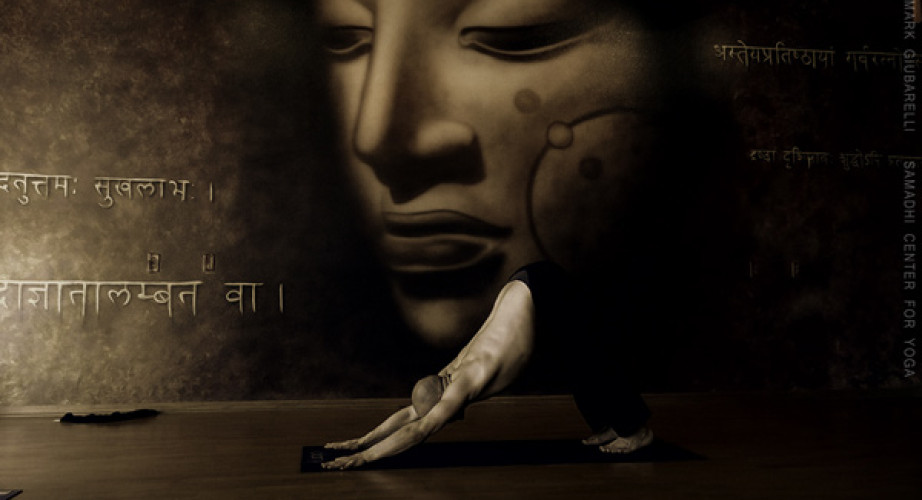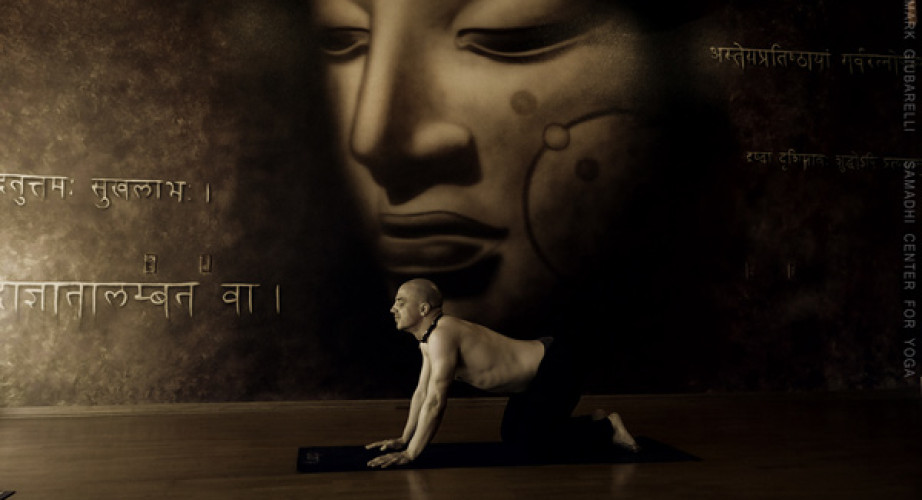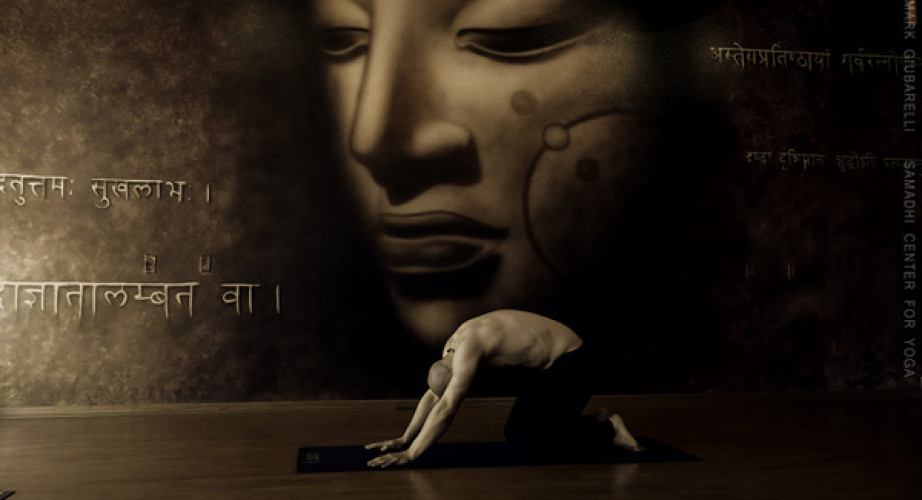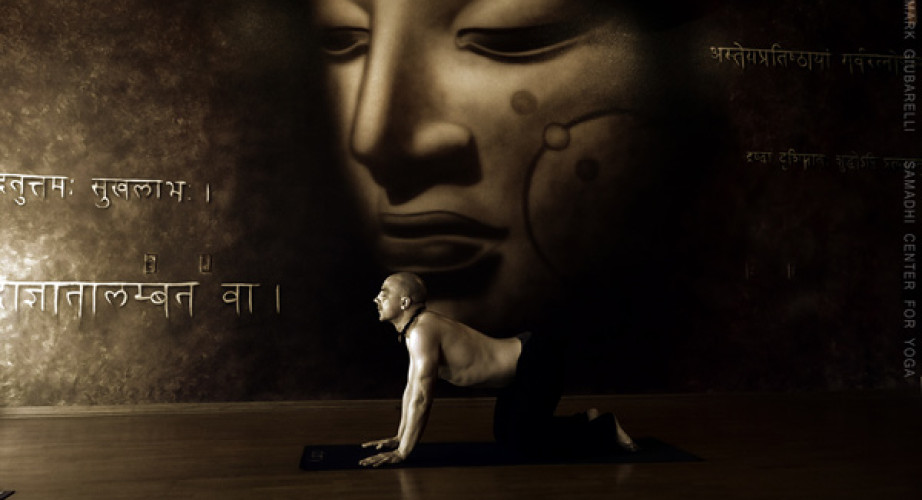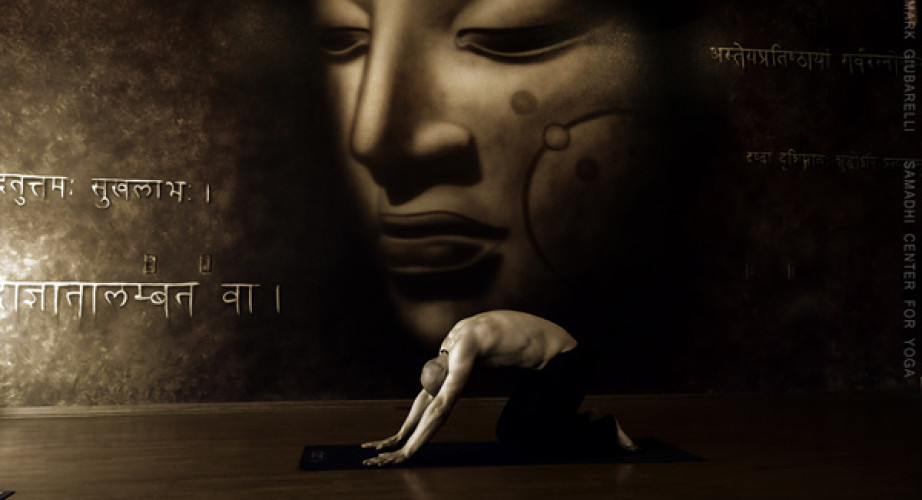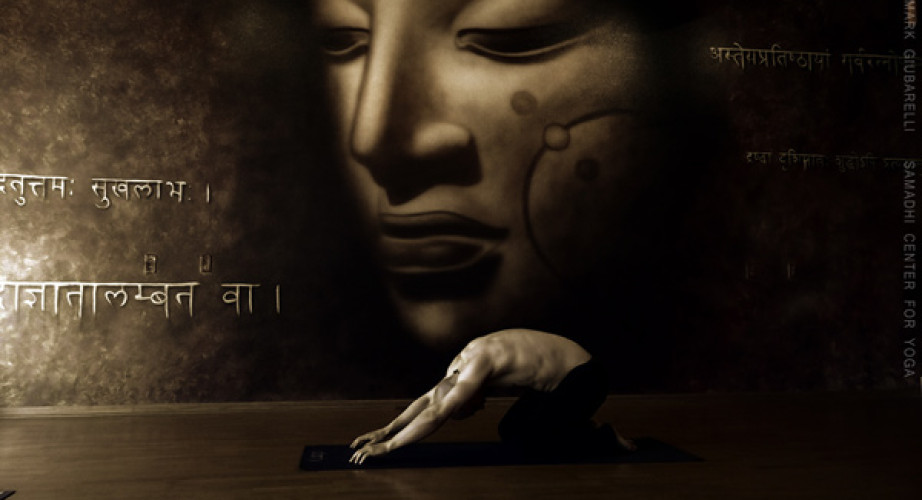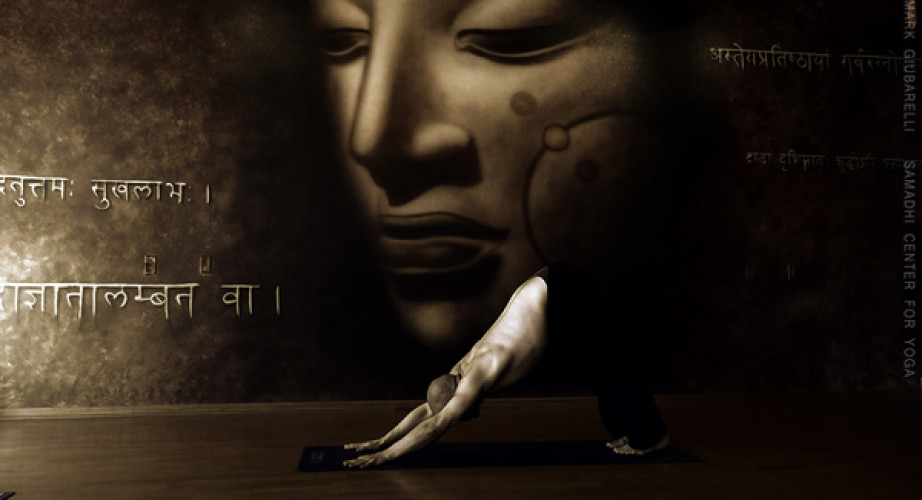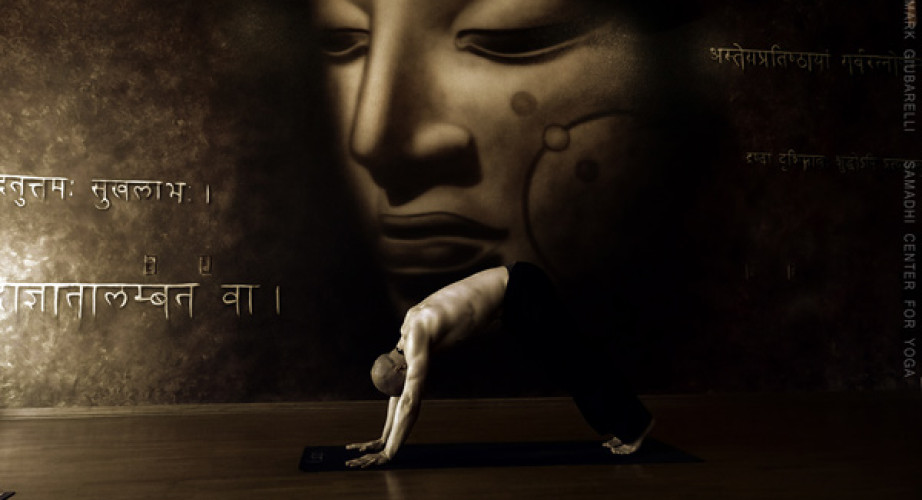Ruptured Discs – Slipped Discs!
Discs are located between the bones in the spine. Disc damage can be a slipped disc or sometimes called herniated disc, ruptured disc or bulging disc. Discs do not actually slip. Discs that rupture leak their internal fluid. This can interfere with nerve energy flow and can cause pain. Discs can degenerate causing bone to grind on bone and tissue to be displaced. This can also place pressure on nerves causing pain due to bone fragments or loose tissue.
Simple exercises for bulging discs
Here is a simple exercise for your lower back. Come on to your hands and knees. Stretch your shoulders up and tuck your chin in. Then inhale and tilt the chest down looking forward. Hold for a few breaths then tilt back up as you Ehale.
Do this 8 to 12 times to loosen tight neck muscles and correct poor posture.

Simple sequence of yoga for back pain
This sequence helps to heal the spine because it creates good blood flow which both reduces pain and supplies fresh nutrients to the affected areas. It also pushes the discs away from the nerves in the lower back.
Rupturing can quite often occur when a disc has been bulging for a while or can suddenly occur due to an accident or sudden force on the spine due to incorrect lifting. Wheels are a bit like your discs. When your disc is bulging or ruptured they stop working as effective shock absorption.
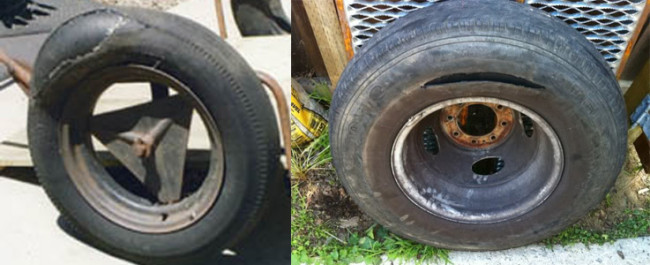
![]()
The synovium is thin tissue that allows fluid to aid in lubricating joints. Synovial cysts quite often occur as a result of degeneration. They are benign fluid filled sacs that develop on the joints of the lumbar spine. They can interfere and obstruct the electrical signals that run along the nerves causing pain. They can usually be removed quite easily but complications may occur depending on the exact location of the growth and a surgeons ability to access it. Many people have synovial cysts but have no symptoms.
![]()
Unilateral movements (in yoga standing on one leg) can stress the Bulging discs a and Sacroiliac joint. Yoga postures such as Tree pose and Warrior 3 pose which involve balance on one leg. Deep standing yoga postures may also stress the joint but done lightly may be beneficial. If a yoga posture feels like it is causing greater pain patterns it should be avoided or at the least modified.

